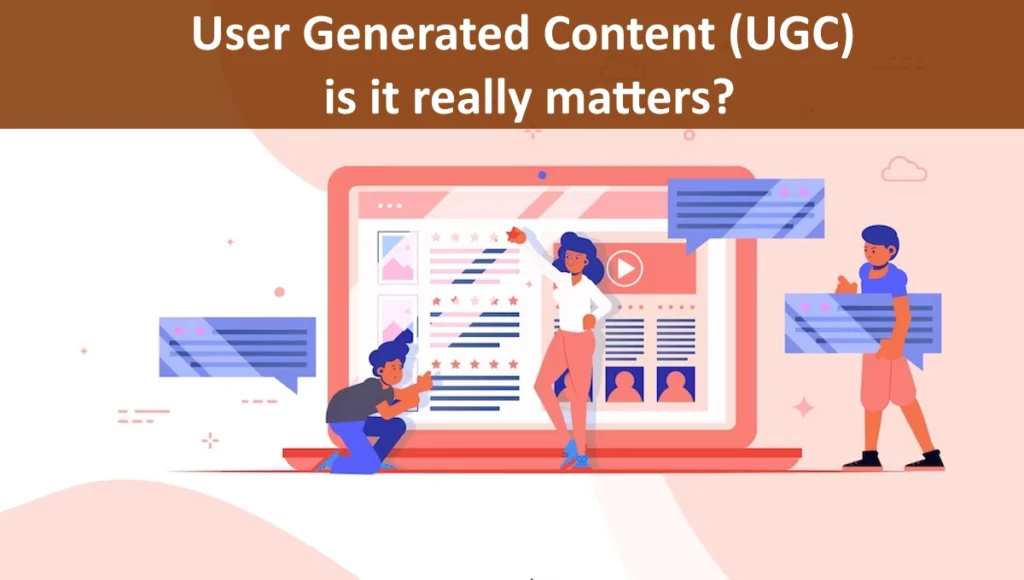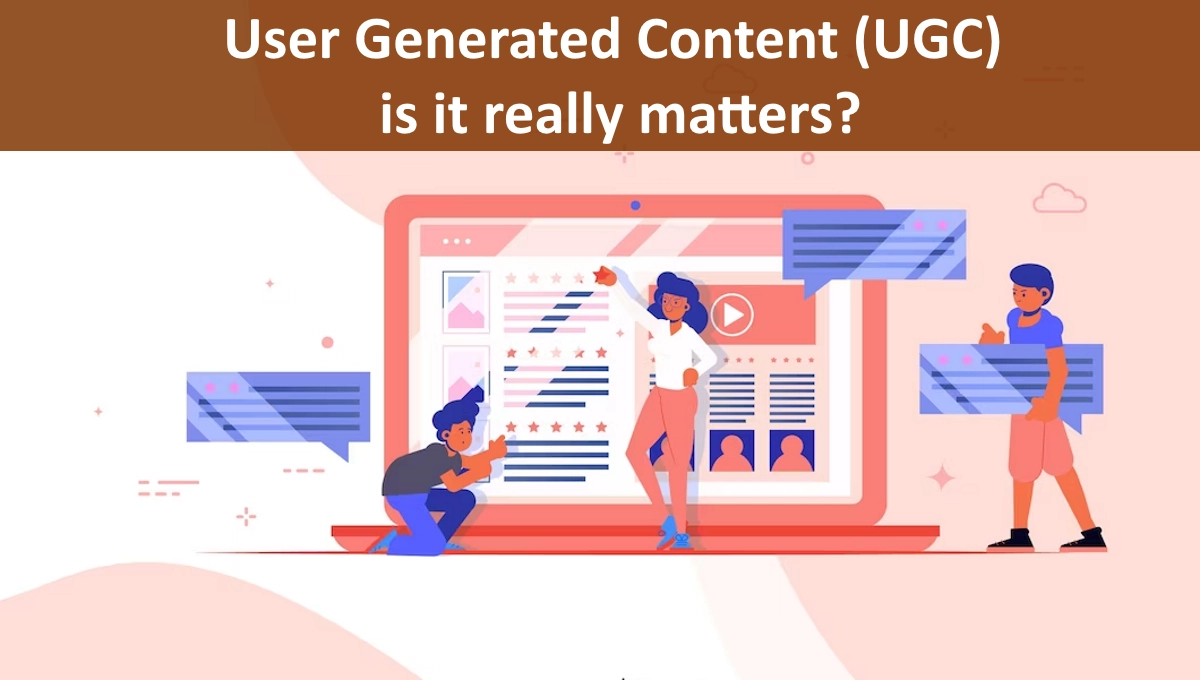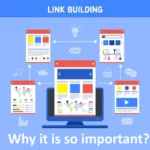User Generated Content (UGC) is a term that is gaining traction in the digital marketing industry. As businesses continue to look for ways to increase engagement with their audiences, UGC has emerged as a valuable tool to leverage. In this article, we will explore what UGC is, why it matters, and how you can use it to benefit your business.

Table of Contents
1. Introduction
UGC is defined as any content that is created by users and made available to the public. It can come in many forms, such as reviews, photos, videos, blog posts, and social media posts. The rise of UGC has been driven by the proliferation of social media platforms, which have made it easier than ever for users to share their opinions and experiences with others.
2. What is User Generated Content (UGC)?
UGC can be created by anyone who has access to the internet and wants to share their thoughts or experiences with others. This can include customers, employees, fans, or followers. UGC can take many forms, including:
- Reviews and ratings
- Photos and videos
- Blog posts and articles
- Social media posts and comments
- Forums and discussion boards
UGC is typically created and shared on social media platforms, such as Facebook, Instagram, Twitter, and YouTube. However, it can also be found on review sites, blogs, and other websites.
3. Types of User Generated Content (UGC)
There are many different types of UGC, each with its own unique characteristics and benefits. Some of the most common types of UGC include:

Reviews and Ratings
Reviews and ratings are a popular form of UGC that are often found on e-commerce websites, such as Amazon, Yelp, and TripAdvisor. These reviews and ratings can help shoppers make more informed purchasing decisions, as they provide insights into the quality and reliability of products and services.
Photos and Videos
Photos and videos are another popular form of UGC that can be found on social media platforms, such as Instagram and YouTube. These types of UGC are particularly effective at showcasing products and services in action, as they provide a visual representation of the experience.
Blog Posts and Articles
Blog posts and articles are a more long-form type of UGC that can be found on personal blogs, industry websites, and other online publications. These types of UGC are particularly effective at providing in-depth analysis and commentary on products and services, as well as industry trends and news.
Social Media Posts and Comments
Social media posts and comments are a popular form of UGC that can be found on all major social media platforms. These types of UGC can provide valuable insights into the opinions and experiences of customers and fans, as well as help to build brand awareness and loyalty.
4. The Importance of User Generated Content (UGC)
User Generated Content (UGC) is important for several reasons. First, it can help to increase engagement with your audience. By allowing users to create and share their own content, you are giving them a sense of ownership and investment in your brand. This can lead to increased loyalty and advocacy, as well as more meaningful interactions with your audience.

Second, UGC can help to build trust and credibility. Consumers are more likely to trust the opinions and experiences of their peers than they are to trust advertising or promotional materials. By incorporating UGC
into your marketing strategy, you are demonstrating that you value and trust the opinions of your customers and fans, which can go a long way in building trust and credibility.
Third, UGC can help to generate valuable insights and feedback. By listening to what your customers are saying about your products and services, you can gain valuable insights into their needs and preferences. This can help you to improve your offerings, as well as identify areas for growth and innovation.
5. Benefits of UGC
There are many benefits to incorporating User Generated Content (UGC) into your marketing strategy. Some of the most notable benefits include:
- Increased engagement and loyalty
- Improved trust and credibility
- Valuable insights and feedback
- Cost-effective marketing
- Improved search engine optimization (SEO)
6. How to Encourage UGC
Encouraging User Generated Content (UGC) can be a challenge, but there are several strategies that you can use to increase participation. Some of the most effective strategies include:
- Offering incentives, such as discounts or giveaways, for creating and sharing UGC
- Creating a branded hashtag that users can use to share their experiences
- Hosting contests or challenges that encourage users to create and share UGC
- Featuring UGC on your website and social media channels to showcase the voices of your customers and fans
7. UGC Best Practices
When incorporating User Generated Content (UGC) into your marketing strategy, it’s important to follow some best practices to ensure that you are using it effectively and ethically. Some of the most important best practices include:

- Obtaining permission from users before sharing their UGC
- Giving credit to the creators of UGC when sharing it
- Moderating UGC to ensure that it meets your brand standards and guidelines
- Monitoring UGC to ensure that it is not violating any laws or regulations
8. Measuring UGC Success
Measuring the success of your User Generated Content (UGC) efforts is essential to understanding their impact on your marketing strategy. Some of the most important metrics to track include:
- Engagement rates, such as likes, comments, and shares
- Conversion rates, such as clicks and purchases
- UGC volume and quality
- Sentiment analysis, to understand the overall sentiment of your UGC
9. Risks and Challenges of UGC
While UGC can be a powerful tool for marketing, it’s important to be aware of the risks and challenges that come with it. Some of the most notable risks and challenges include:
- Negative or inappropriate content, which can damage your brand reputation
- Legal and regulatory issues, such as copyright infringement or privacy violations
- Moderation and management, which can be time-consuming and resource-intensive
10. UGC Case Studies
There are many examples of businesses that have successfully incorporated User Generated Content (UGC) into their marketing strategies. Some of the most notable case studies include:
- Airbnb, which features user-generated photos and reviews on its website to showcase the experiences of its customers
- Starbucks, which launched a UGC campaign called “White Cup Contest” to encourage customers to decorate their cups and share them on social media
- Coca-Cola, which launched a UGC campaign called “Share a Coke” to encourage customers to share photos of themselves with personalized Coke bottles
11. Conclusion
UGC is a valuable tool for businesses looking to increase engagement, build trust, and gain valuable insights from their customers and fans. By following best practices and measuring the success of your UGC efforts, you can effectively leverage this powerful tool to achieve your marketing goals.
12. FAQs
What is UGC?
UGC stands for user-generated content, which is any content that is created by users and made available to the public.
Why is UGC important?
UGC is important because it can increase engagement, build trust, and provide valuable insights and feedback from your customers and fans.
What are some examples of UGC?
Examples of UGC include customer reviews, social media posts, photos, videos, and blog posts.
How can I encourage UGC?
You can encourage UGC by offering incentives, creating a branded hashtag, hosting contests or challenges, and featuring UGC on your website and social media channels.
What are some risks and challenges of UGC?
Some risks and challenges of UGC include negative or inappropriate content, legal and regulatory issues, and moderation and management.
Don’t forget to support us by following us on Google News or Returning to the home page TopicsTalk
Join Telegram and WhatsApp for More updates
Follow us on social media




